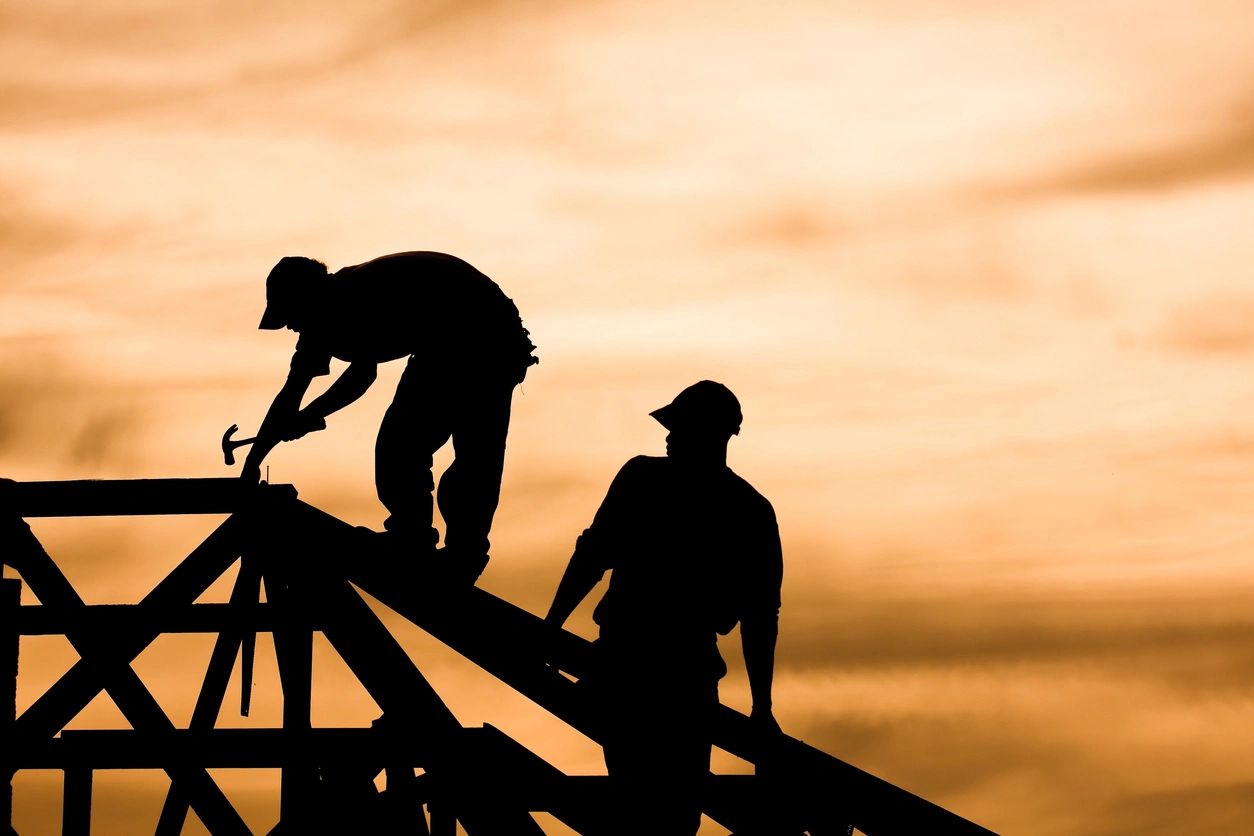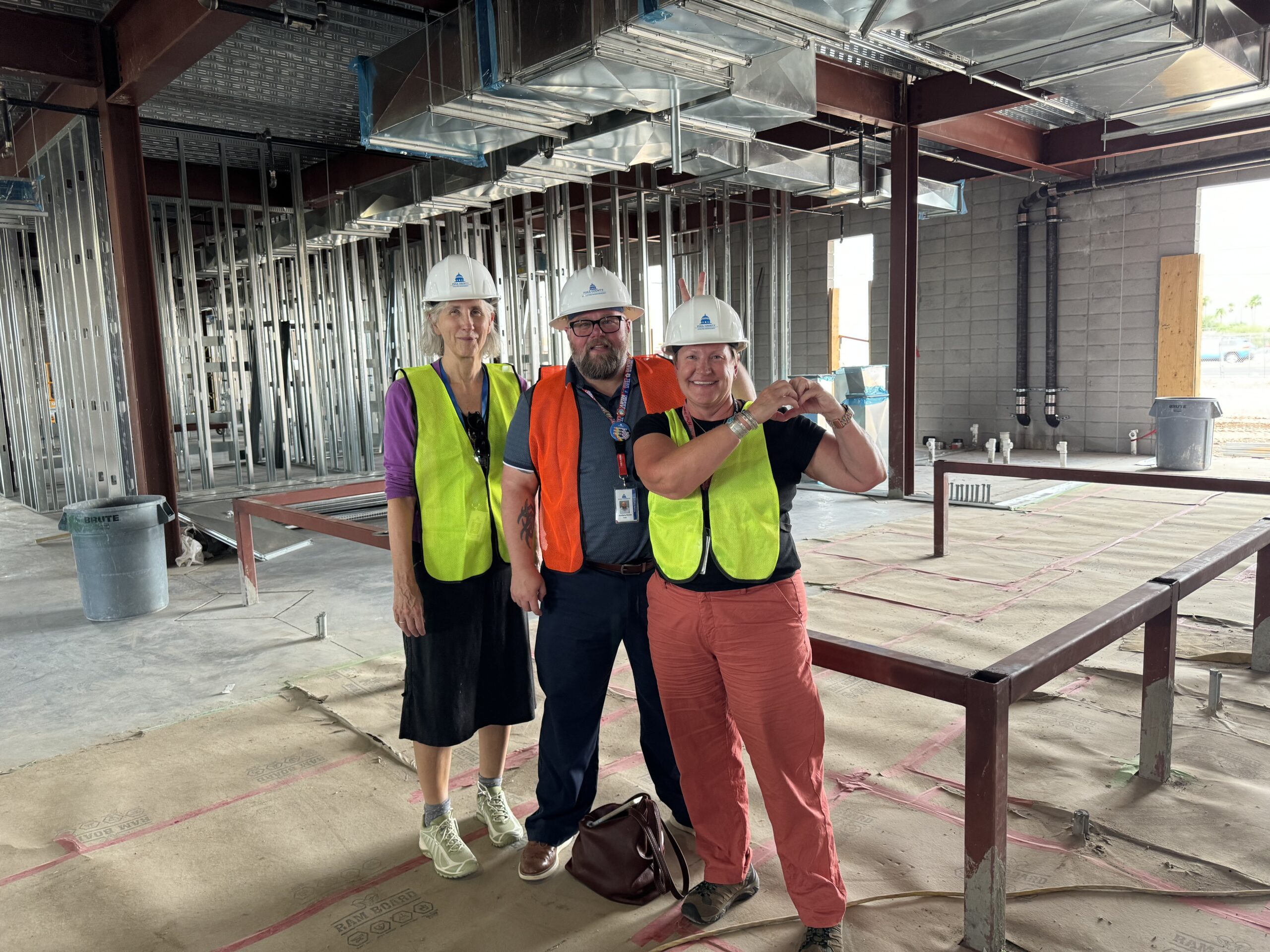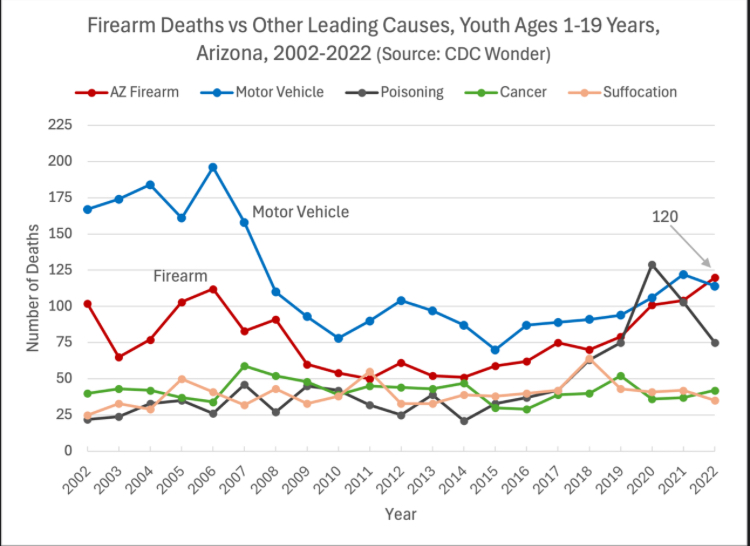Wehealth Notify is a free app available to the general public. It watches verified sources of health & safety information and sends enhanced alerts with personalized action plans. Sources include the National Weather Service, the CDC, and various state, city, county and tribal agencies nationwide.
The heat alerts that the app sends in Maricopa and Pima also include links to local resources in the county for finding shelter, getting a ride etc.
Wehealth connects communities with public agencies, scientists, medical professionals, research labs and domain experts through an iterative process of co-development that improves outcomes and ensures that the solutions benefit all.
Download the Wehealth app here: Wehealth Notify App | Wehealth
The app is anonymous and doesn’t require any personal information or location data. It is authorized by public health authorities and meets rigorous privacy and security requirements. It works in all 3,000+ counties & territories nationwide. Developed by Wehealth in collaboration with the University of Arizona and ADHS.
Here’s a link to the app tooling with some graphics and screenshots: https://www.
ADHS has already funded the app and it’s available for free to all of Arizona. We are trying to get the word out. We got to meet a lot of folks from the counties last week and are following up with them as well.







